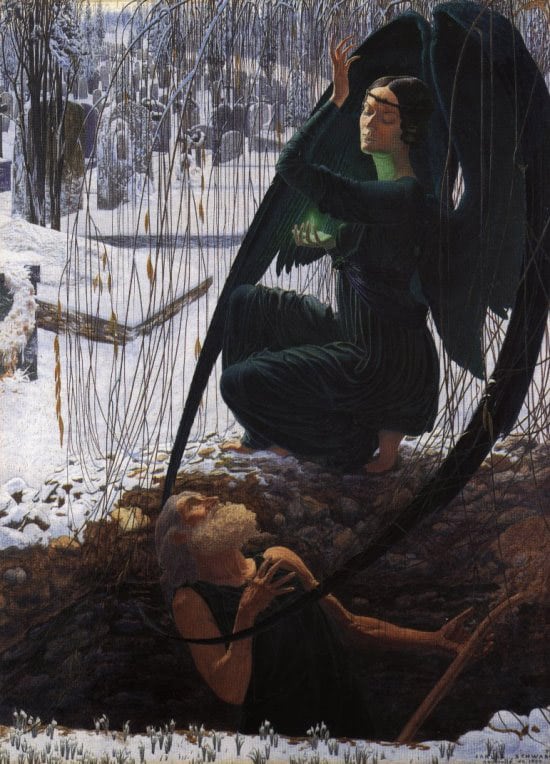Key Takeaways
- Symbolism was a late 19th-century art movement originating in France and Belgium, characterized by the use of metaphorical images and indirect suggestion to express deeper truths and emotions.
- Influenced by Romanticism and reacting against naturalism and realism, Symbolism emphasized spirituality, dreams, and the imagination.
- Major figures in the movement include poets Charles Baudelaire, Stéphane Mallarmé, and Paul Verlaine.
- Symbolist works often explore themes like the arcane, the mystical, and the subjective, using language and images to suggest rather than to describe.
- The movement also impacted other arts, including painting and music, influencing figures like Gustav Klimt and Claude Debussy.
Ah, Symbolism! It's like a quiet whisper in the corner of a bustling 19th-century Paris café, beckoning those who wish to delve deeper into the recesses of art and literature. Born amidst the clinking glasses of disillusioned poets and artists, Symbolism was a revolt—a silent scream against the straightforward narratives of naturalism and the stark realities of realism.
I remember walking down a cobbled street in Paris, the air tinged with the promise of rain, when I first truly understood Symbolism. The mist seemed to whisper secrets, each droplet a symbol of something far greater, something profoundly unspoken. It was then that I realized the essence of Symbolism—it sought not to tell, but to evoke.
The movement found its roots in the lush, decadent soil of French literary gardens, tended by the likes of Charles Baudelaire with his "Les Fleurs du mal." His verses weren't just verses; they were portals to a world where every word masked an infinite depth of meaning. And then there was the enigmatic figure of Edgar Allan Poe, whose shadowed realms of the macabre danced through the dreams of these European aesthetes.
Symbolists were like the alchemists of old, blending the mystical with the mundane. They believed in the power of symbols to transcend the physical and illuminate the spiritual. Their words were brush strokes painting the invisible, their verses the subtle hues of the soul's palette.
As the movement blossomed, it drew in other arts. In dimly lit salons where the air was thick with the scent of opium and the resonance of visionary ideas, the likes of Paul Verlaine and Stéphane Mallarmé debated the merits of veiled poetry. Their discussions were not just about art for art's sake but for the sake of touching the divine, the unattainable.
Symbolism's influence seeped into the canvases of Gustav Klimt and the compositions of Claude Debussy, each note and brushstroke a defiance of the conventional, a cipher for the sublime. These artists did not merely create; they conjured worlds within worlds, each symbol a key to a hidden door within the psyche.
Yet, as with all whispers, the voice of Symbolism eventually grew fainter, its echoes lingering in the chambers of modernism and beyond. It left behind a legacy of beauty wrapped in enigma, a testament to the enduring power of the symbol to stir the soul.
Frequently Asked Questions
- What is Symbolism in art?
Symbolism in art is a movement that uses symbolic images and indirect suggestion to express mystical ideas, emotions, and states of mind. - Who are the major figures of Symbolism?
Major figures include poets Charles Baudelaire, Stéphane Mallarmé, Paul Verlaine, and artists like Gustav Klimt and Edvard Munch. - How did Symbolism differ from other art movements?
Unlike realism which focuses on depicting the physical appearance of things, Symbolism focuses on depicting the emotions and ideas symbolically through art and literature. - What themes are common in Symbolist works?
Common themes include dreams, mysticism, the arcane, and the exploration of the human psyche. - How has Symbolism influenced modern art?
Symbolism has influenced various modern movements, including surrealism and expressionism, by emphasizing the importance of personal symbolism and the expression of the inner experiences.





